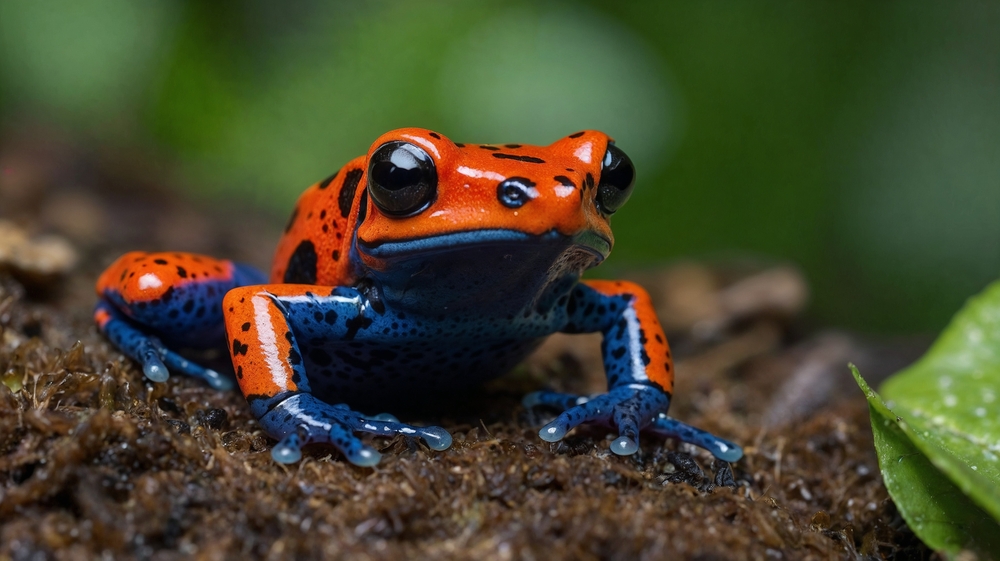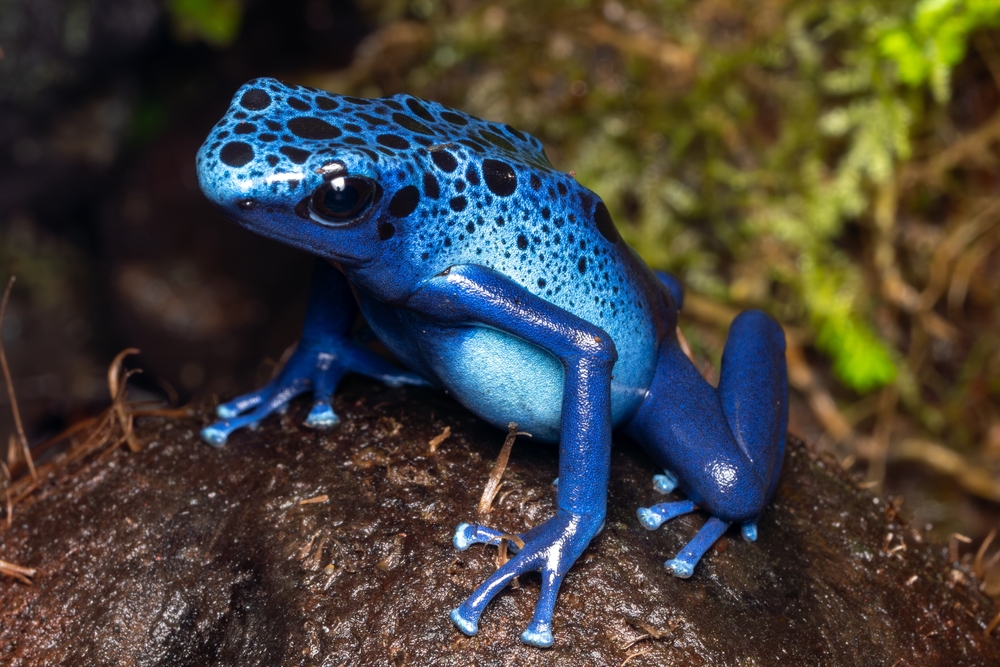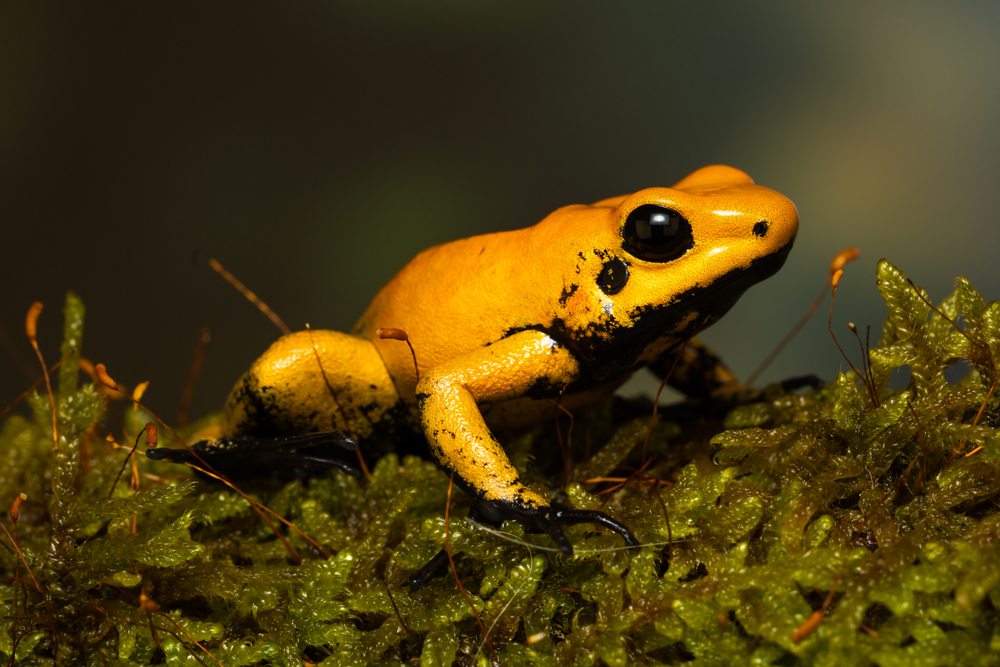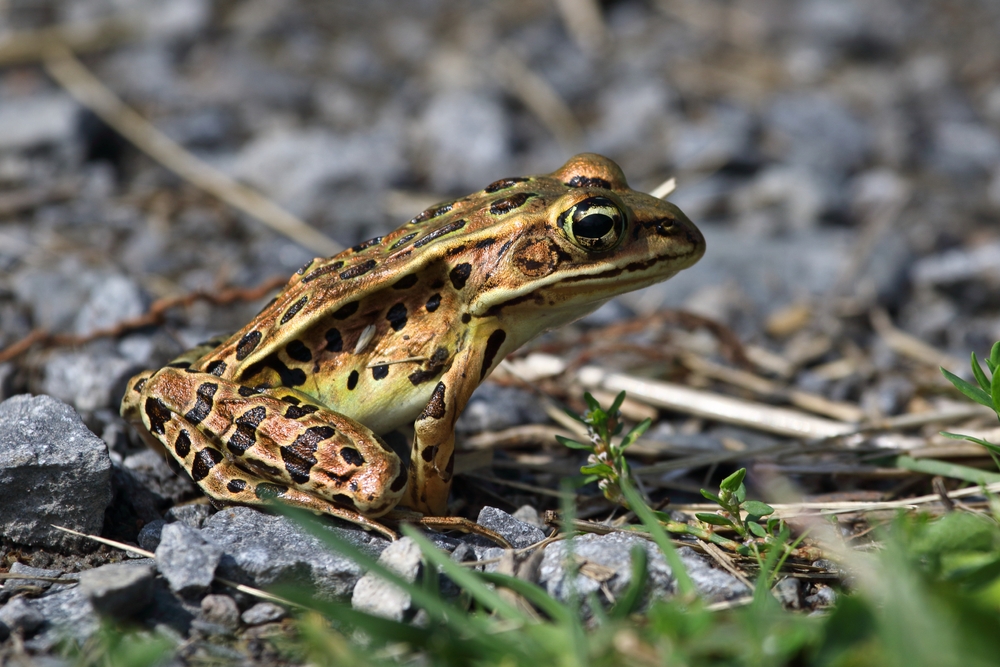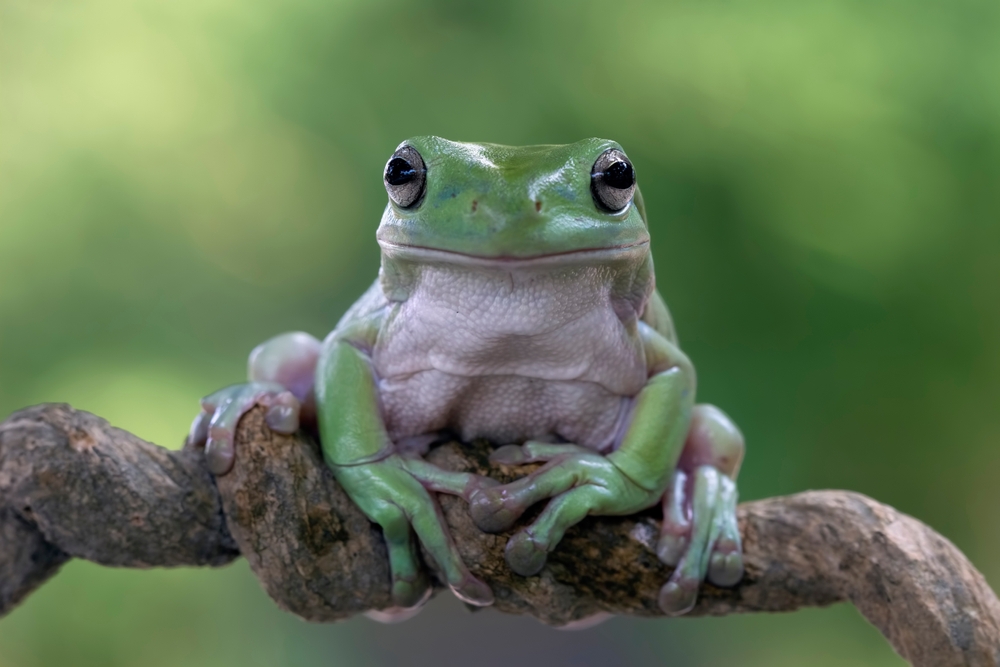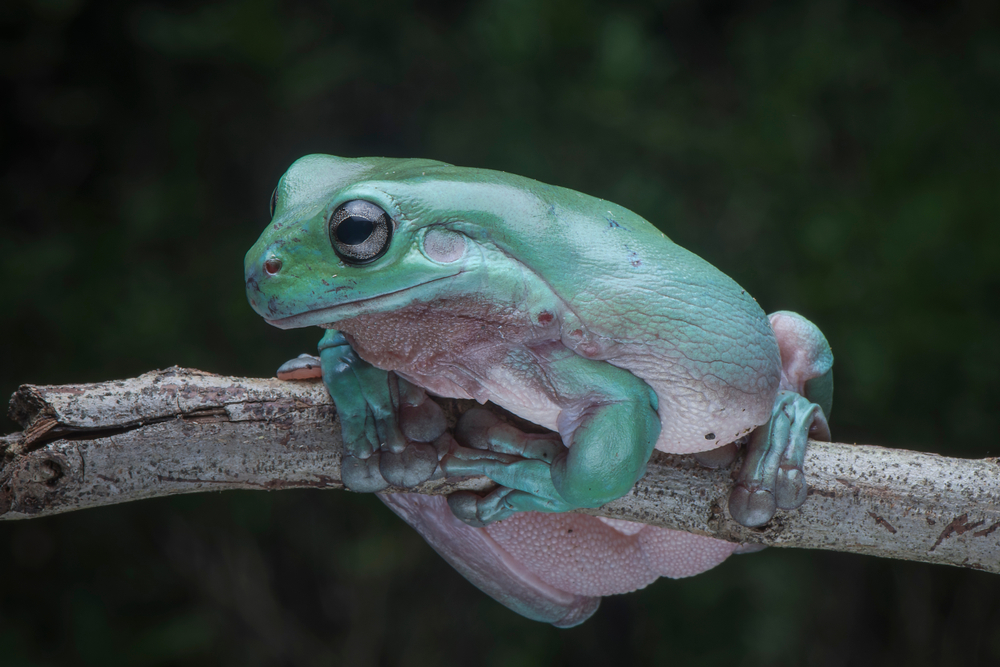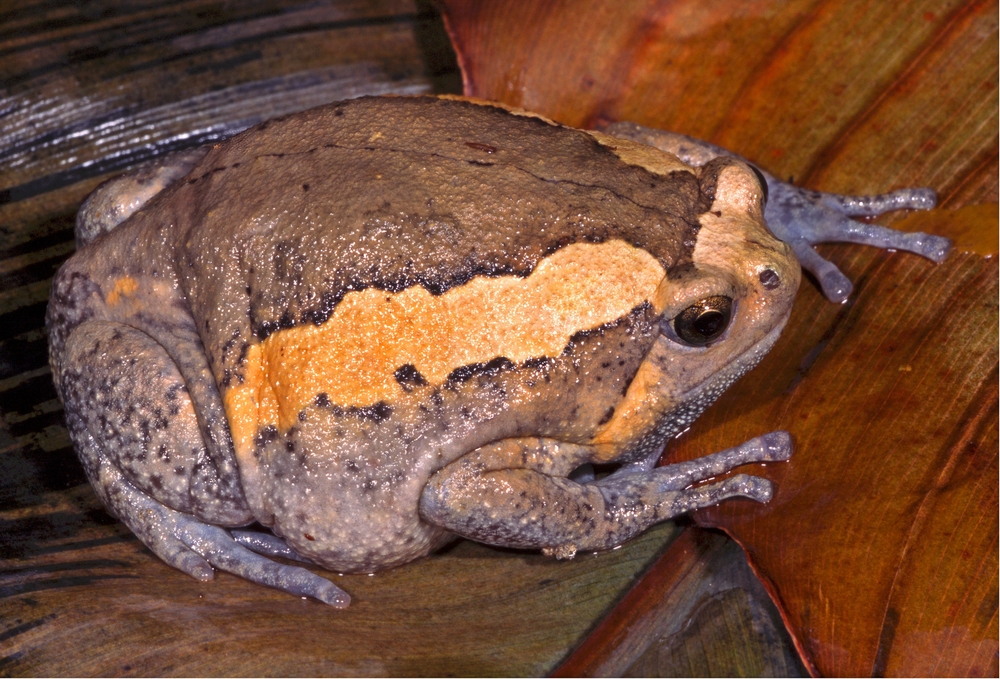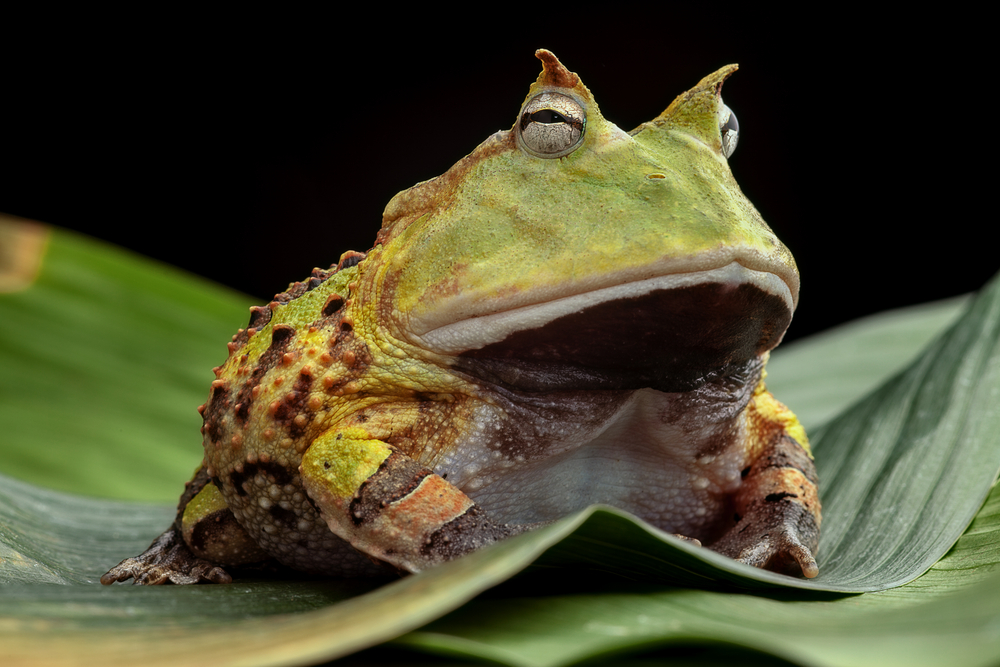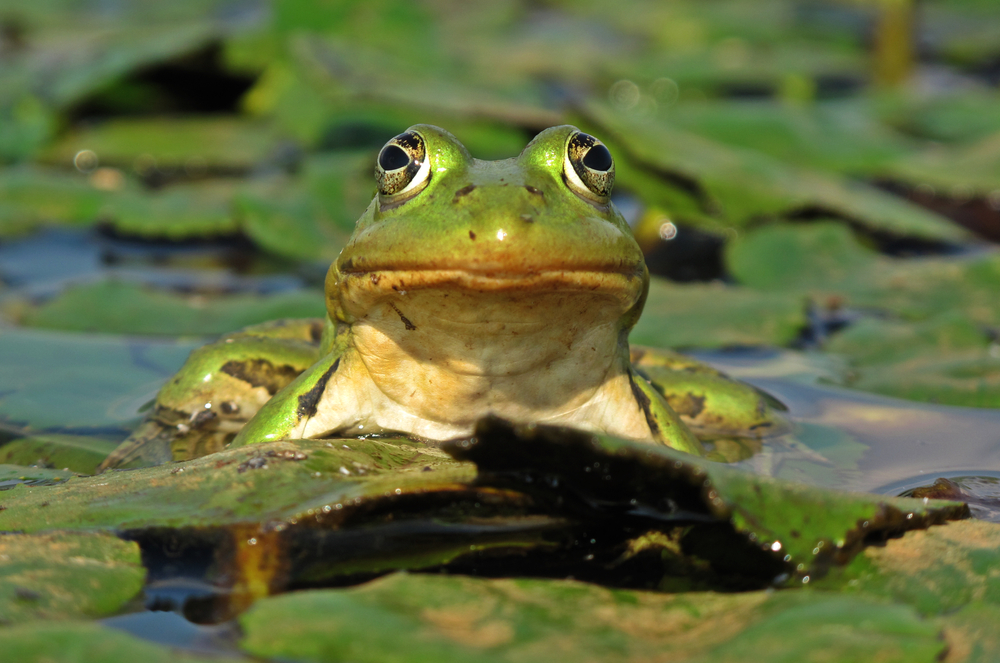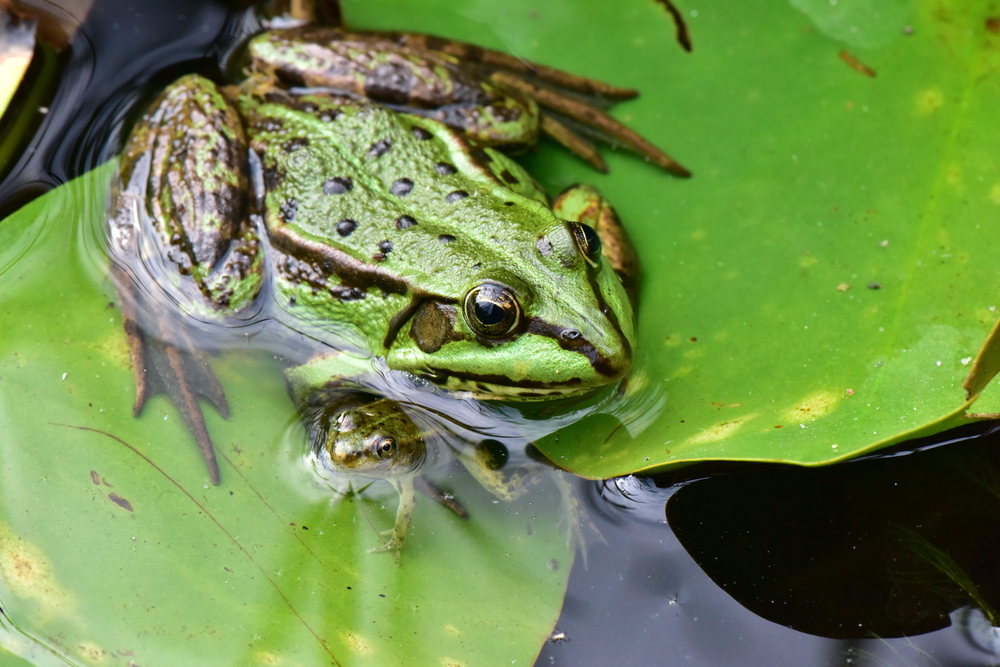About
#Amphibian
The poison dart frog refers to over 170 vividly colored species in the family Dendrobatidae, found in the tropical rainforests of Central and South America. These small, diurnal amphibians are famous for their bright aposematic coloration—ranging from neon blue and orange to yellow, green, and red—which warns predators of their toxicity. Though most species are harmless, a few, like the golden poison dart frog, possess skin alkaloids potent enough to paralyze or kill predators.
Poison dart frogs are typically 1.5–6 cm (0.6–2.4 inches) long and live on the forest floor near moist leaf litter, streams, or bromeliads. They are agile, active hunters, feeding on ants, mites, termites, and other tiny invertebrates. Their toxins are derived from these prey items; frogs raised in captivity, without access to toxic insects, are usually non-toxic.
Their name comes from Indigenous peoples who used the potent skin secretions of a few species (notably Phyllobates) to tip blow darts for hunting. These frogs also exhibit complex reproductive behaviors—males guard eggs laid on land, and after hatching, transport tadpoles on their backs to water-filled tree holes or bromeliads.
While many species are listed as Least Concern, others face serious threats from habitat loss, climate change, disease, and the pet trade. Conservation efforts include habitat preservation, captive breeding, and research into the frogs’ unique chemical compounds.
Strikingly beautiful yet potentially lethal, poison dart frogs are icons of rainforest biodiversity and natural chemical defense.
Threatened:
Extinct
Critically Endangered
Endangered
Vulnerable
Near Threatened
Least Concern



































































